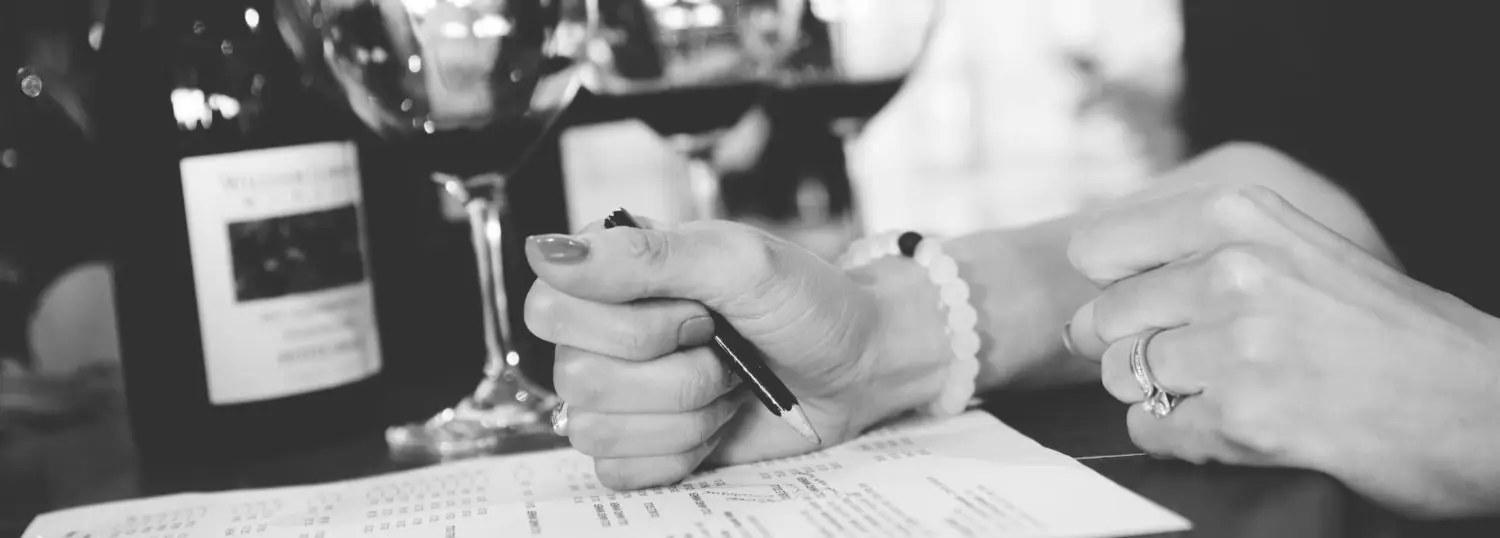Good Saturday morning to you. There’s been loads of wine news this past week and I’ve rounded up a few top headlines. I think one of the biggest surprises was President Joe Biden’s specific mention of the beverage alcohol industry in his Executive Order Promoting Competition. Read a breakdown of that clause and implications for the wine industry.
I also have to call out Sean Sullivan’s piece on dissecting the recent sale of Chateau Ste. Michelle and what that means for the Washington wine industry specifically.
Looking for some educational reading? Scroll down to the blogs and read my latest article for my wine school, Napa Valley Wine Academy, where I discuss the effects of wind on wine. And I absolutely love the latest post on Tim Atkin’s site talking about mousse.
Also—and this is a pretty hilarious juxtaposition—check out this piece talking about vintners who believe that biodynamic viticulture is utter witchraft, then continue on to the post describing why biodynamics can never be vegan (which is actually true).
Last but not least, I’ll leave you with this—be kind to each other.
Cheers.





